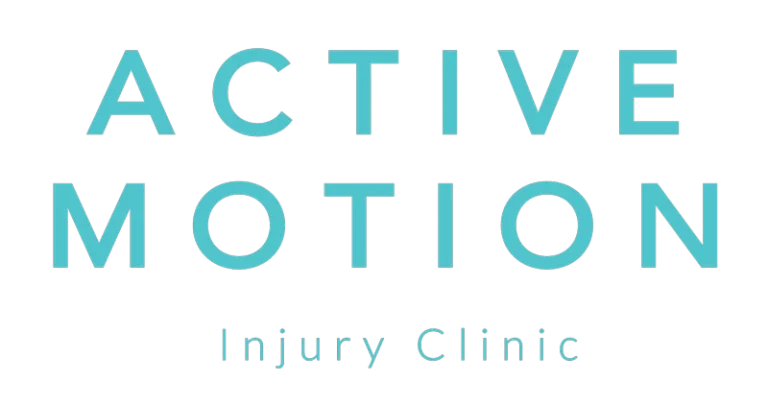Understanding Hip Bursitis: Impact on Adults Over 40 and Treatment Options

Introduction
Hip bursitis, an inflammation of the bursae (small fluid-filled sacs that cushion the bones, tendons, and muscles near the hip joints), is a common condition, particularly among adults over 40. This condition can lead to significant discomfort and can impact daily activities, cause a lack of sleep and overall quality of life. Understanding the symptoms, social implications, and treatment options for hip bursitis is essential for managing and alleviating the condition.
How Hip Bursitis Feels
The primary symptom of hip bursitis is pain on the outside of the hip, which may extend to the thigh or buttocks. The pain often starts as a sharp and intense sensation and can become more of an aching or burning pain over time. It tends to worsen with prolonged walking, climbing stairs, or after sitting or standing
for extended periods. These symptoms can be particularly disruptive for those over 40, as they can interfere with both professional and personal activities.
The Social Impact on Adults Over 40
The pain and discomfort associated with hip bursitis can lead to several social and lifestyle challenges, which are often magnified for those over 40:
- Limited Mobility: Hip bursitis can make walking, standing, or sitting for long periods painful, leading to a more sedentary lifestyle. This limitation can hinder participation in social activities, exercise, and even routine tasks, contributing to overall decreased physical fitness and health. Not to mention it can massively affect sleep as finding a comfortable position to sleep can feel almost impossible.
- Work Implications: For adults over 40, hip bursitis can impact job performance, especially for those in occupations requiring prolonged standing or physical activity. This can lead to decreased productivity, absenteeism, and the potential need for job modifications or medical leave.
- Emotional Toll: Chronic pain from hip bursitis can lead to frustration, feelings of depression and helplessness as well as anxiety. The inability to engage in physical and social activities can exacerbate these feelings, leading to a diminished quality of life. This emotional toll can be particularly challenging for adults over 40, who may already be managing other mid-life stressors.
WOULD YOU LIKE A COPY OF OUR HIP BURSITIS ADVICE GUIDE? GET YOURS HERE
Treatment Options
Managing hip bursitis often requires a comprehensive approach. Here are some common treatment options, particularly relevant for those over 40:
- Rest and Activity Modification: Reducing activities that aggravate the pain, such as long walks or standing for extended periods, is crucial. Incorporating low-impact activities like swimming or cycling can help maintain fitness without worsening symptoms.
- Stretching and Strengthening Exercises: Regular stretching of the hip muscles and strengthening exercises can improve flexibility and support. Physiotherapists can provide a tailored exercise regimen to help reduce pain and prevent recurrence. We can help you with this, why not book a free consultation with us here: BOOK A FREE SESSION
- Medication: Nonsteroidal anti-inflammatory drugs (NSAIDs) like ibuprofen can help reduce pain and inflammation. These should be used under the guidance of a healthcare professional.
- Physiotherapy: A therapist can employ various techniques, such as massage, joint mobilisations and specific exercises, to alleviate pain and promote healing. This can be especially beneficial for older adults who may have other underlying musculoskeletal issues. Why not book a free consultation with us here: BOOK A FREE SESSION
- Injections: In some cases, corticosteroid injections may be used to reduce severe inflammation and pain. This can provide temporary relief, allowing for more effective participation in strengthening exercises. However, we do not recommend these due to the lack of success rate and the increased risk of secondary pain as a result of the injection.
- Extracorporeal Shock Wave Therapy (ESWT): This non-invasive treatment involves sending high amounts of energy to the affected area to stimulate healing. It is typically considered when other treatments have failed.
- Lifestyle Modifications: Maintaining a healthy weight, practicing good posture, and using proper techniques for lifting and other physical activities can help manage and prevent hip bursitis.
WOULD YOU LIKE A COPY OF OUR HIP BURSITIS ADVICE GUIDE? GET YOURS HERE
Conclusion
Hip bursitis can significantly impact one’s quality of life, particularly for adults over 40. It affects mobility, work, and emotional well-being. Understanding the condition and exploring various treatment options can help manage symptoms and restore a more active, pain-free lifestyle. If you are experiencing symptoms of hip bursitis, it is essential to consult a healthcare professional to develop a personalized treatment plan that addresses your specific needs.
WOULD YOU LIKE A COPY OF OUR HIP BURSITIS ADVICE GUIDE? GET YOURS HERE
Request A Call Back
If you'd like to get more information or discuss your condition with a professional, use the form to register for your FREE call back.
Free Consultation
Schedule your free consultation so we can learn more about your pain and how we can fix it.
Find Out Cost & Availability
Enquire about the pricing and availability of our services.
